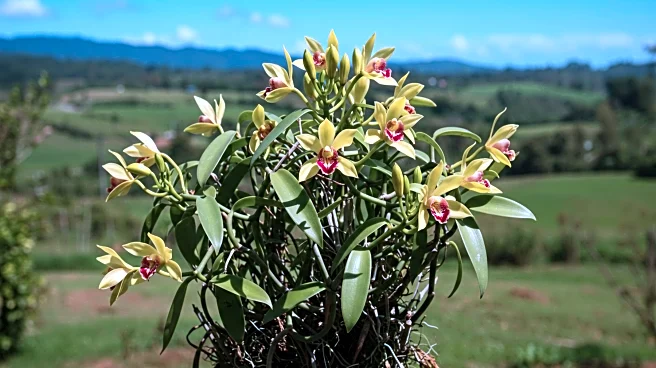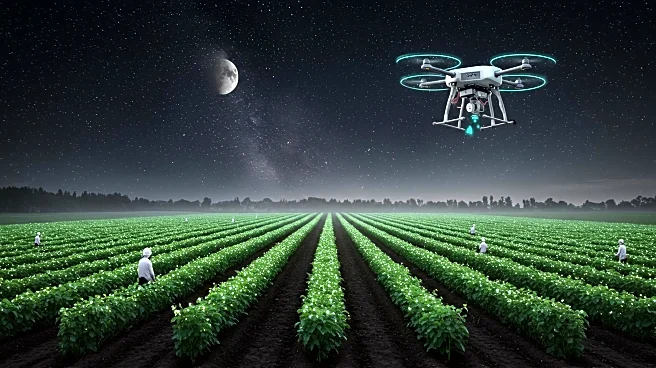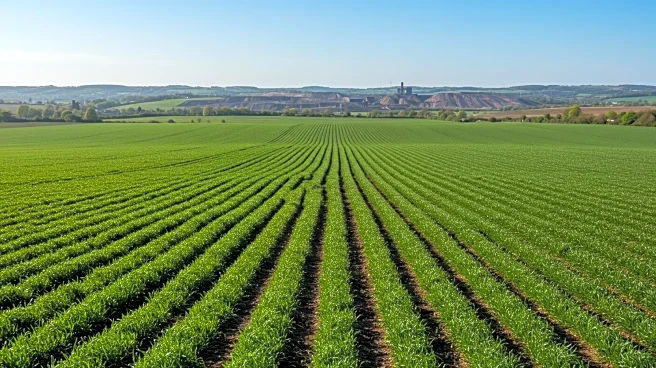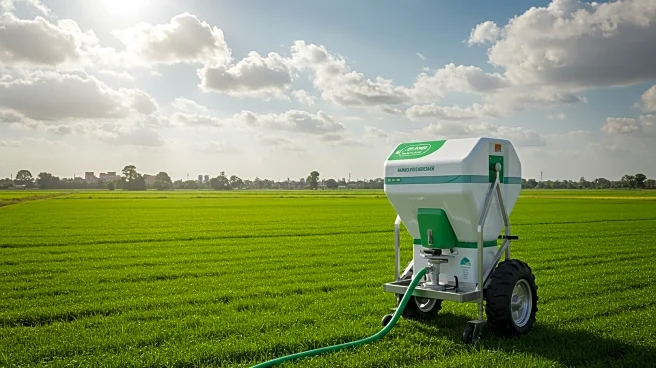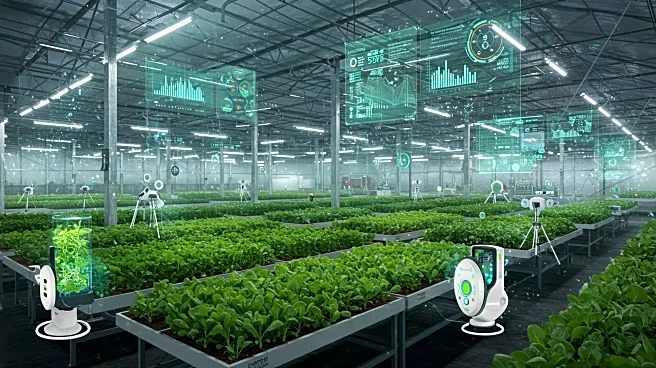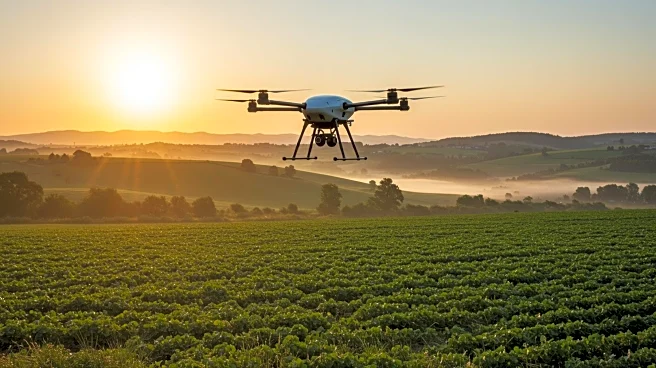What is the story about?
What's Happening?
Vanilla Vida, an Israeli startup, is set to establish a 10-hectare integrated vanilla growing and curing facility in Uganda. This initiative is part of the company's strategy to address the imbalance in the natural vanilla market. The facility will utilize Vanilla Vida's proprietary indoor cultivation and curing technology, which significantly reduces the time from planting to bloom and increases vanillin yields. The project, supported by a $3.5 million funding round led by Windare Ventures, aims to secure a reliable year-round supply of premium vanilla. The first planting is scheduled for early 2026, with the first significant harvest expected in 2029. The facility will initially cure beans sourced from Ugandan farmers, transitioning to a mix of local and Vanilla Vida's production as plantations mature.
Why It's Important?
The establishment of this facility is significant as it aims to stabilize the volatile vanilla market, which is heavily concentrated in Madagascar. By creating a reliable supply chain, Vanilla Vida could potentially reduce price volatility and meet the growing demand for natural vanilla. This move also highlights the importance of sustainable and climate-independent agricultural practices, which could serve as a model for other crops facing similar supply chain challenges. The project could benefit local Ugandan communities through partnerships and economic opportunities, while also positioning Vanilla Vida as a key player in the global vanilla market.
What's Next?
Vanilla Vida plans to expand its operations globally, with discussions underway in two additional countries. The company aims to scale its operations to cover approximately 60 hectares worldwide, targeting about 10% of the global natural vanilla supply. This expansion will be selective, focusing on partnerships that align with Vanilla Vida's vertically integrated and traceable production model. The success of the Uganda facility could pave the way for further innovations in the vanilla industry and potentially influence other sectors facing similar supply chain issues.
AI Generated Content
Do you find this article useful?
